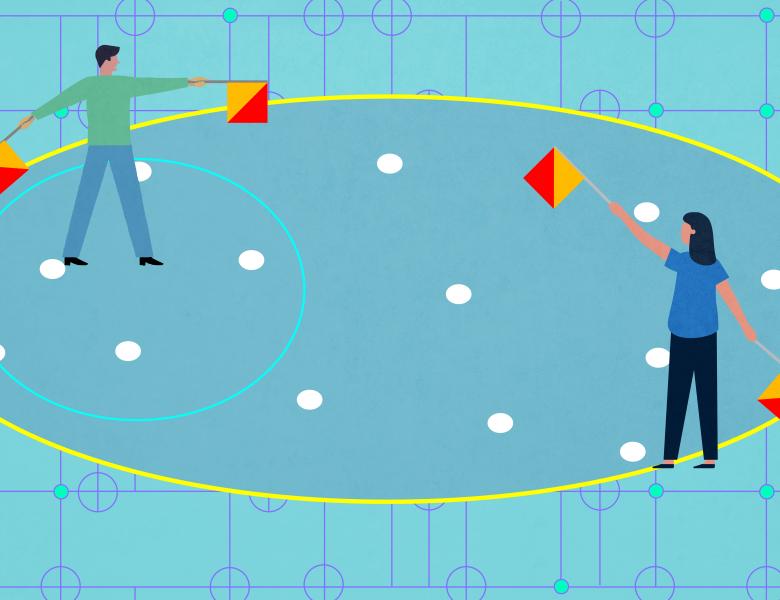
Abstract
In a breakthrough result, Ta-Shma described an explicit construction of an almost optimal binary code (STOC 2017). Ta-Shma's code has distance $(1-epsilon)/2$ and rate $epsilon^{2+o(1)}$ and thus it almost achieves the Gilbert-Varshamov bound, except for the o(1) term in the exponent. The prior best list-decoding algorithm for (a variant of) Ta-Shma's code, due to Alev et al (STOC 2021), is able to recover from a $(1-\rho)/2$-fraction of errors as long as $\rho\geq2^{\log(1/\epsilon)^{1/6}}$ . In this work we give an improved analysis of a similar list-decoding algorithm. Our algorithm works for Ta-Shma's original code, and it is able to list-decode all the way to the Johnson bound: it can recover from a $(1-\rho)/2$-fraction of errors as long as $\rho\geq\sqrt{\epsilon}$ .


